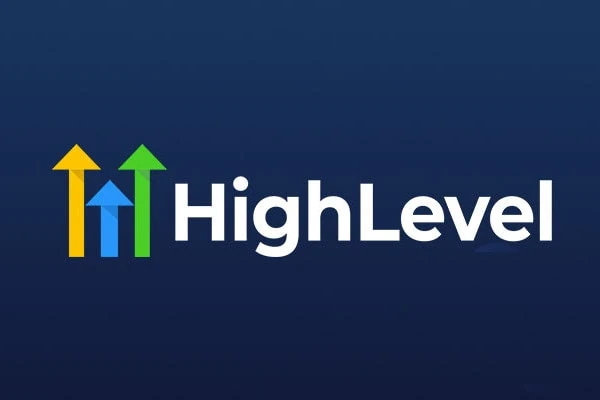Automation Setup
How to Set Up Workflows in GoHighLevel (Beginner-to-Pro Guide)
Team GoHighLevelSupport.io•October 22, 2025•10 min read

Workflows are the **automation engine** behind everything in
GoHighLevel.
Whether you want to send follow-up emails, move leads through pipelines, or trigger tasks for your team — workflows make it all possible.
In this guide, we’ll walk you through setting up your first workflow, understanding triggers and actions, and creating advanced automations that run your business on autopilot.
1. What Is a Workflow in GoHighLevel?
A workflow is a series of automated steps that respond to specific triggers.
Think of it as “If this happens → do that.”
For example:
- If a new lead fills out a form → send a welcome text.
- If a deal is marked as Won → send an onboarding email.
- If an appointment is missed → send a reschedule message.
2. Creating Your First Workflow
Go to Automation → Workflows → Create Workflow.
Choose one of three options:
- Start from Scratch – build manually for full control.
- Use Template – start from pre-built GHL templates.
- Import from Snapshot – copy an existing workflow.
3. Setting Up Workflow Triggers
Triggers are the “starting point” of your automation.
Examples include:
- Form Submitted – when someone fills out a lead form.
- Tag Added – when a contact gets a specific tag (e.g., “Hot Lead”).
- Appointment Status Changed – when a meeting is booked or missed.
- Pipeline Stage Changed – when a lead moves to a new stage.
4. Adding Actions to Automate Tasks
Once the trigger fires, GoHighLevel performs one or more actions.
Common actions include:
- Send SMS or Email
- Wait/Delay for a specific time
- Add/Remove Tag
- Move to Pipeline Stage
- Assign to User
- Create Task
5. Using Delays and Conditional Logic
Use the “Wait” action to pause between steps (e.g., 1 hour after signup, send follow-up).
Conditional logic (“If/Else”) lets you personalize the automation:
- If
{{contact.tag}}= “VIP” → send custom message. - If
{{appointment.status}}= “No Show” → trigger reschedule.
6. Organizing Workflows with Folders & Naming
Once you have many workflows, organization becomes critical.
Create folders like “Leads,” “Appointments,” and “Onboarding.”
Use clear names such as “Follow-Up After Demo Call” instead of “Workflow #3.”
We help agencies build naming conventions that keep things scalable and easy to audit.
7. Testing Your Workflow Before Publishing
Before activating your workflow, always test it.
Use a test contact to simulate the trigger and verify each step.
Check:
- Did the SMS or email send correctly?
- Were tags added/removed as expected?
- Was the contact moved to the right pipeline stage?
8. Monitoring and Optimizing Performance
Once live, monitor your workflow under Automation → Workflows → Execution Log.
You can see every contact that entered and where they are in the sequence.
Adjust wait times, messages, or actions based on conversion data.
We provide monthly optimization for agencies under our
Managed Support Plans.
9. Advanced Setup: Webhooks & External Integrations
Conclusion
Workflows are where GoHighLevel truly shines — automating every touchpoint from lead capture to client retention.
The key is structure, testing, and ongoing optimization.
Need help setting up or auditing your automations?
Book a consultation
and our team will design, build, and manage your workflows for maximum efficiency.
Pro Tip
Bookmark this article and share it with your team to stay updated on the latest best practices.